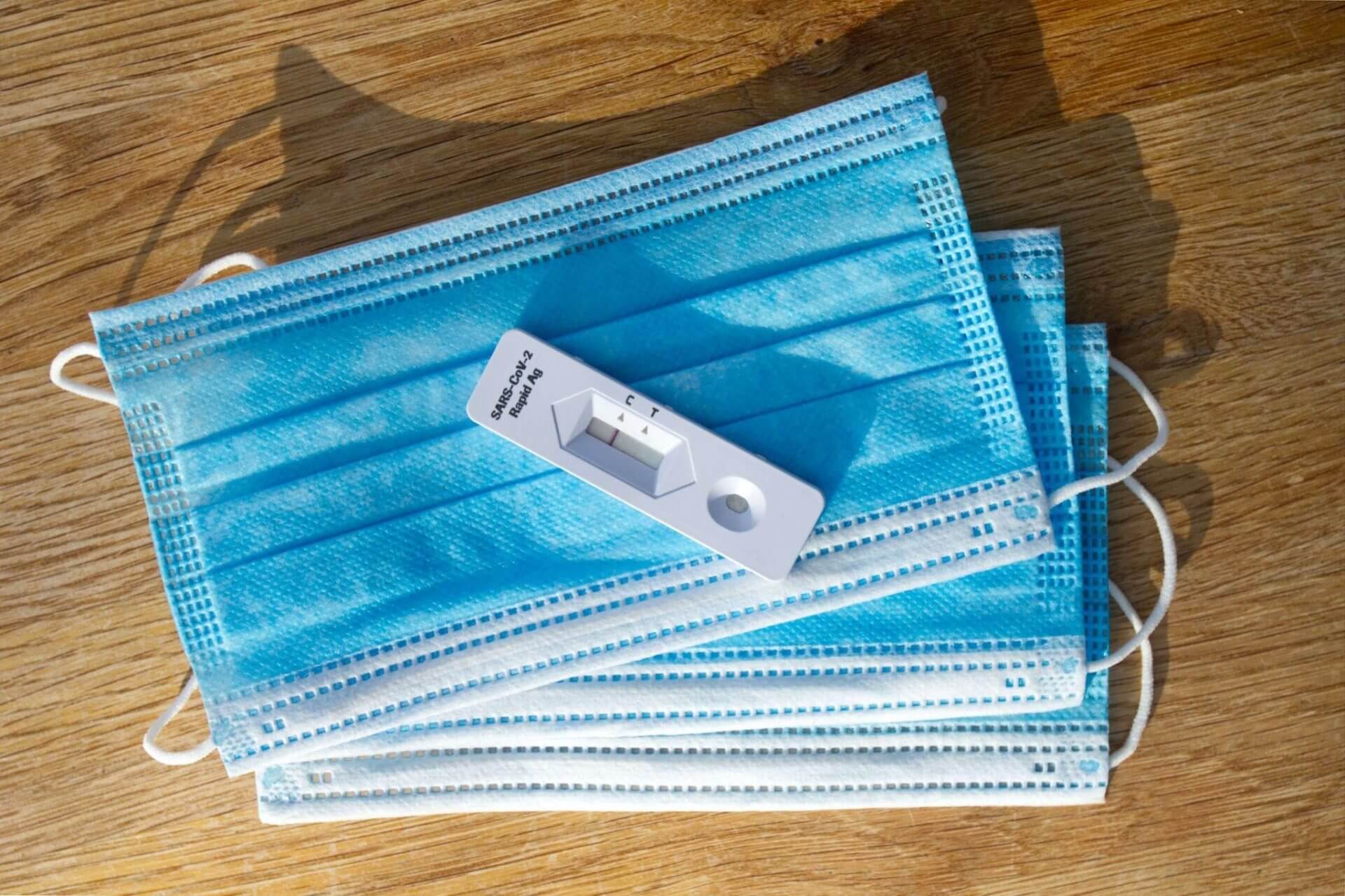More and more of us take lateral flow tests regularly, so read on for all the info you need about taking lateral flow tests and how accurate they are.
When to Take a Lateral Flow Test and How Accurate Is It?
Regular lateral flow testing has become part of day-to-day life for many of us, but with rules often changing, there is still some confusion as to when to take these tests. There have been many reports of a lateral flow rapid test lacking in accuracy.
So, in this guide, we’ll attempt to tell you everything you need to know about these tests. From when you should take one to the data surrounding their accuracy under different circumstances, we have all the information you need.
When Should I Take a Lateral Flow Test?
Lateral flow tests should be taken by those who don’t currently have COVID-19 symptoms. As many people who are infected with the virus aren’t showing symptoms, these tests can be ideal for regularly checking yourself to avoid spreading the virus to those who may be more vulnerable.
It’s a good idea to take a lateral flow test if you have been in contact with someone who has recently tested positive for coronavirus. They are also a requirement when you are travelling between many countries – you may have to show proof of a negative test before you are allowed to fly.
Regular lateral flow testing is a requirement for many workers, too. Those who are around others who are more susceptible to the virus are being encouraged to test daily to avoid outbreaks among vulnerable groups.
Even if you aren’t required to test yourself, it can be a good idea to take a test every few days to help keep friends and family safe. COVID-19 can spread rapidly, even if you don’t have symptoms, so regular testing can help prevent large outbreaks in your area.
How Accurate are Lateral Flow Tests?
There have been reports of lateral flow tests lacking in accuracy; however, their accuracy depends on whether or not you have symptoms of COVID-19. They are thought to be more accurate when you have recently become infectious but haven’t yet developed symptoms.
A false-positive result is highly unlikely – it’s thought that fewer than three false positives will be produced for every 10,000 tests taken. On the other hand, unfortunately, a false negative result is a more common, and more dangerous, occurrence. The tests’ accuracy increases the more infectious you become – over 90% when you are at your most infectious.
If you have symptoms of COVID-19, it’s best to get a PCR test as soon as possible. Lateral flow tests are not as accurate at detecting the virus in those who have symptoms, so it’s best to get a PCR test to confirm whether or not you have the virus so you can take the appropriate measures.
Should I Get a PCR Test After Taking a Lateral Flow Test?
Again, this depends on the result of your test and whether or not you have symptoms. Since a false positive lateral flow test is so rare, there is no longer a need to take a PCR test to confirm a positive result.
However, if you have symptoms of the virus and have tested negative on a lateral flow test, you should take a PCR test to confirm. Of course, it’s possible that another illness is causing similar symptoms, but we’ve seen above how lateral flow tests aren’t always accurate at diagnosing those with symptoms.
Do Lateral Flow Tests Help Stop the Spread of COVID-19?
In a word, yes. Lateral flow tests have been highly effective in reducing the spread of the virus. Regular testing and reporting your test results can help scientists track the spread of the virus and monitor local outbreaks.
They are effective at controlling the spread of COVID-19 mainly thanks to their ability to diagnose those without symptoms. It’s thought that around 1 in 3 people who are infected with coronavirus won’t develop any symptoms, so by testing regularly, even when you feel well, you can self-isolate if necessary to avoid spreading the virus to others.
In many areas, those who have been in contact with someone who has tested positive for the virus no longer have to self-isolate. Instead, they should take a lateral flow test daily for a short period to confirm that they remain uninfected. This means fewer people have to self-isolate while still reducing the spread of the virus. 



















